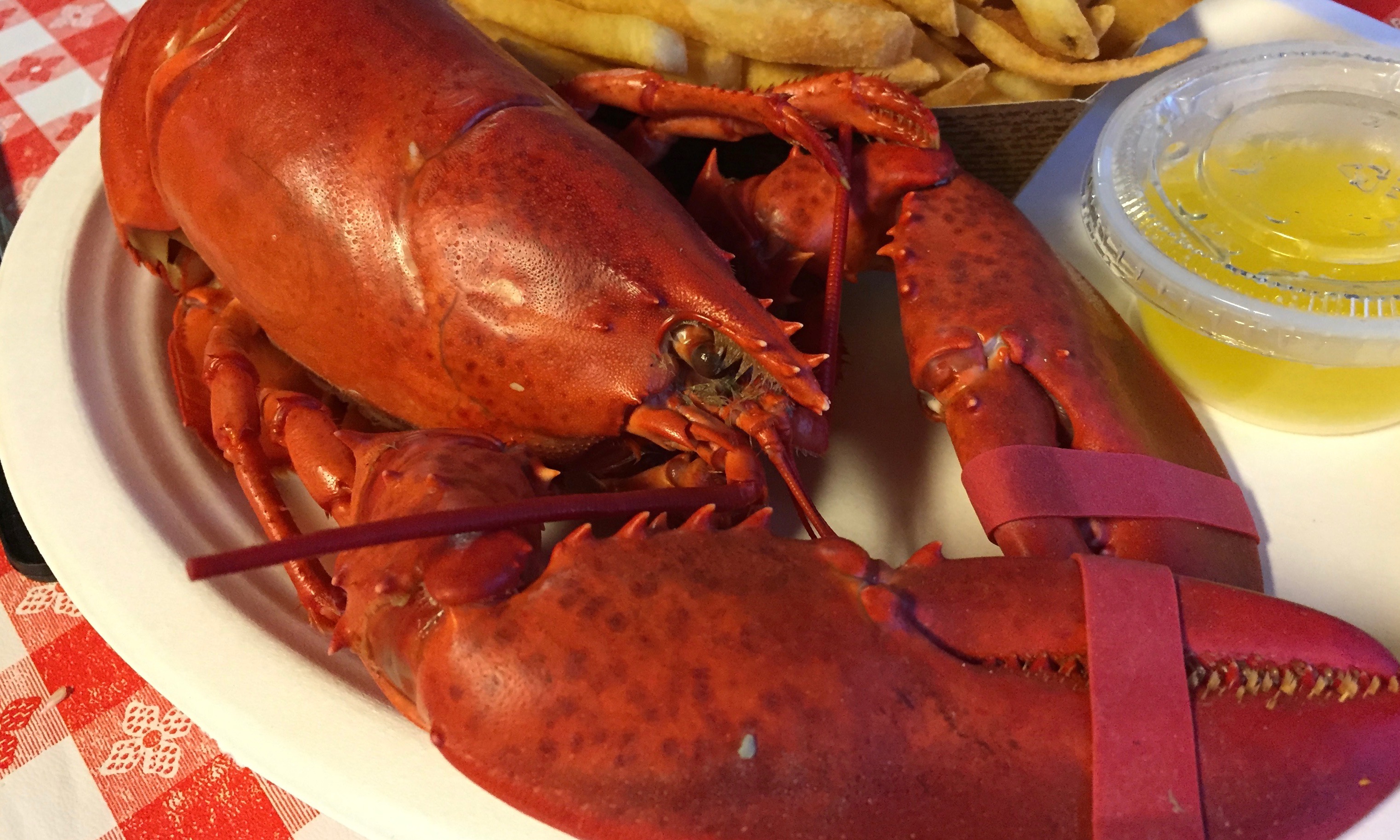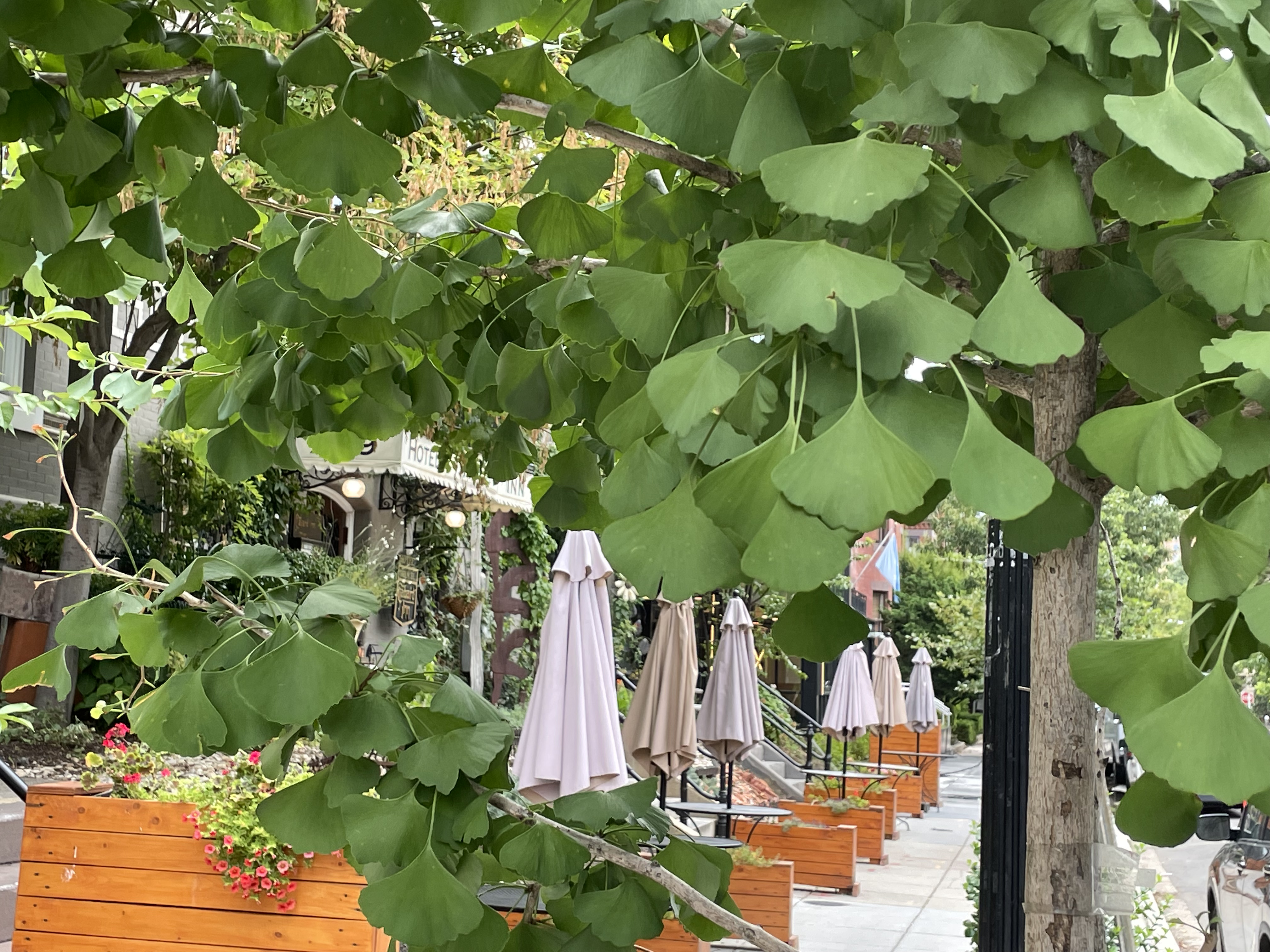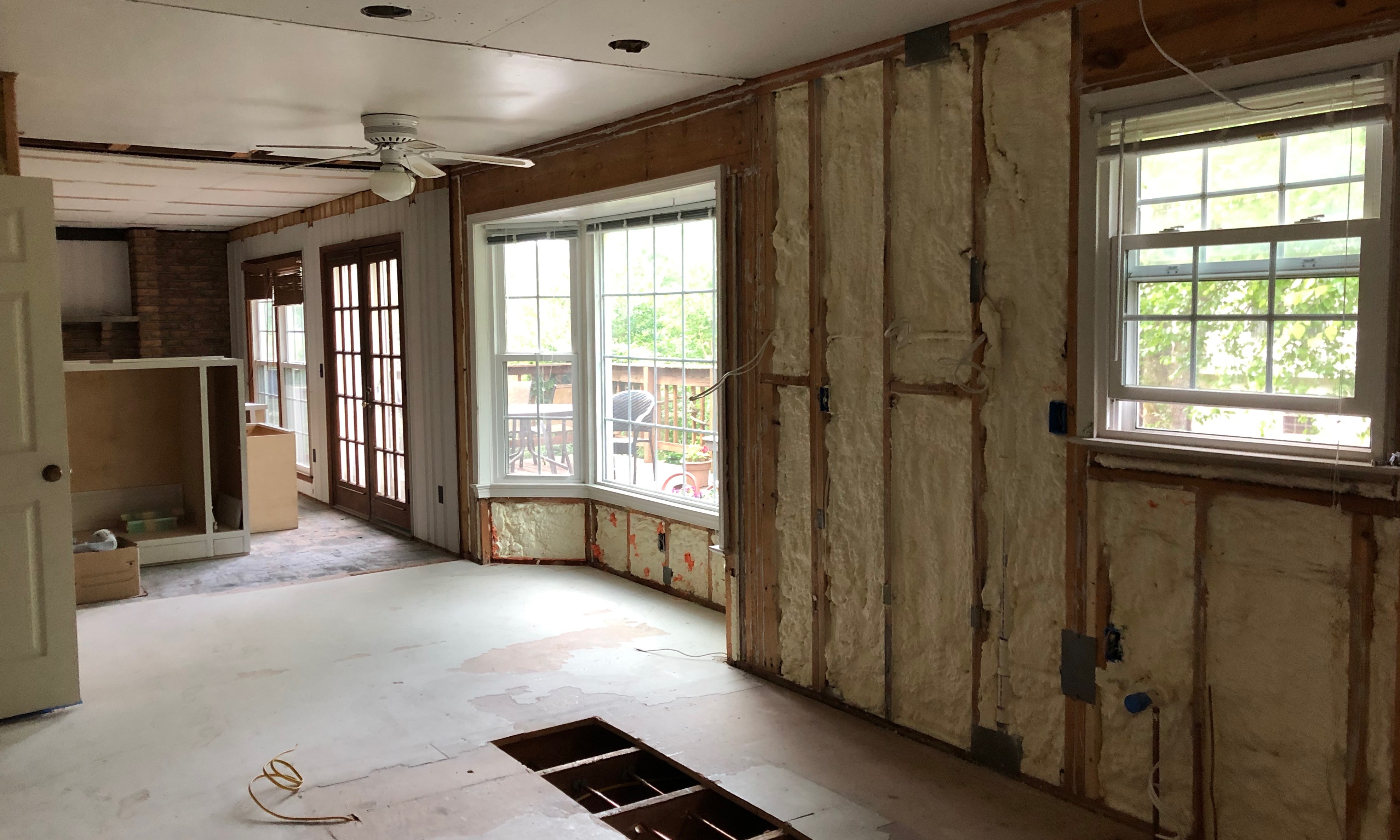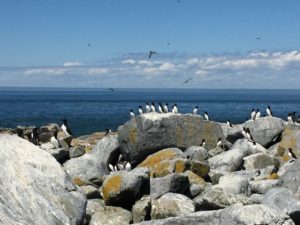
 My friends and I went to Maine last week in search of puffins and moose. The puffins were super cute; we had a close up look at them on Machias Island. But no moose sighted, they didn’t get the memo
My friends and I went to Maine last week in search of puffins and moose. The puffins were super cute; we had a close up look at them on Machias Island. But no moose sighted, they didn’t get the memo
We definitely found great seafood. After all Maine is lobster territory. I ended up with a newfound love and appreciation of this crustacean.
There was great lobster eating even during our trip to the coastal Acadia National Park where we did several hikes.
The climbs were exciting, especially that one time when from one peak we could see thunderstorms in the distance coming our way and had to rush down a 1240-foot mountain to avoid being hit by lightning.
Uh, we didn’t know exactly where we were but we sure scrambled down a mountain pretty fast when faced with the threat of having to hike in rain, in the dark and over slippery rocks.


It was all good, thank God. Rain came right after we reached ground level, miraculously right to a bus stop and just in time to catch a bus!
All the exercise gave us good reason to eat up to replenish lost calories. I was in Maine. Of course I had expected to eat its famed lobster. But I didn’t know that I could eat that much lobster. You can find lobsters all along the coast of Maine and even further inland.

 Right after our arrival into New England we ate lobster consecutively for maybe six meals—breakfast, lunch and dinner. And then again some more later in the trip and for our final meal in Maine. I didn’t get tired of it.
Right after our arrival into New England we ate lobster consecutively for maybe six meals—breakfast, lunch and dinner. And then again some more later in the trip and for our final meal in Maine. I didn’t get tired of it.
Lobsters couldn’t get any fresher here. Right along the coastline where we drove and hiked, we could see the buoys from which lobster cages were lowered into the many bays.

I’ve always preferred crab just because they are more popular than lobsters in the places we’ve lived in. But here in Maine and along the nearby coast, lobster is king of seafood. Maybe even king of all food. I loved the variety of ways lobsters were so scrumptiously cooked.
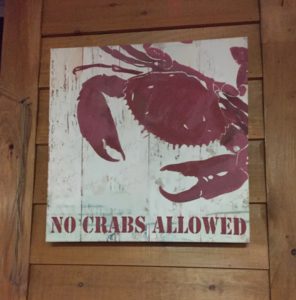
They serve lobsters in the fancy restaurants in the ritzy Bar Habor area but those served at lobster shacks just outside Acadia are no fuss, self-serve and just as tasty. We ate outdoor frequently.
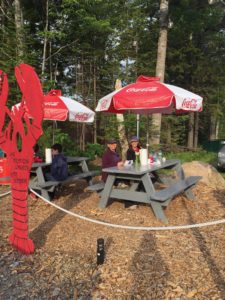

In Singapore we cook lobster with spring onions, or black bean sauce. I’ve always associated Maine lobster as just steamed lobster. But no, they were cooked in many delightful ways.
Once we reached Massachusetts we discovered that McDonald’s served Lobster Rolls. For $7.99! This was a good intro to lobster feasting for us Virginians. They don’t just give you little pillowly pieces of meat doused with mayo. Their lobster pieces were super generous, fresh and meaty.
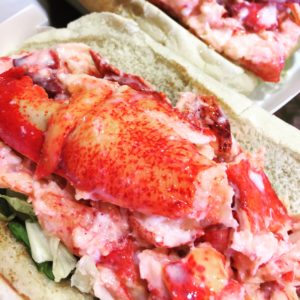
Once in the heart of lobster territory, we had steamed lobster of course.

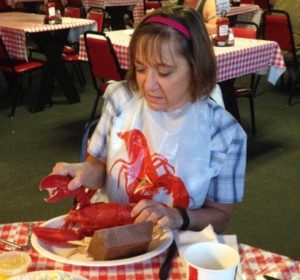
But also lobster pie:
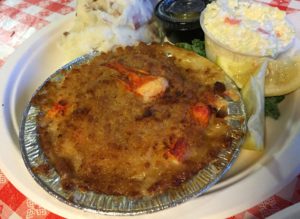
Lobster bisque and lobster stew, again with generous chunky pieces of lobster:

For breakfast, we found a charming little restaurant, Two Cats, in Bar Harbor. There we had lobster omelette and egg Benedict over lobster.
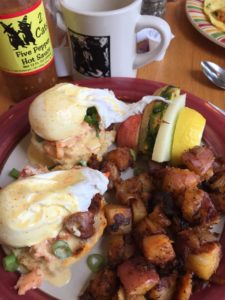
The weather was so beautiful—sunny and clear in the high 60s, low 70s—we ate outside. What a life!

Learning how they catch these lobster was interesting too. Not far offshore, lobstermen drop their cages down in the bays, leaving them suspended in the water held by colorful buoys. These buoys bob over the waters all along the coast.
Here below is a lobster shack decorated with all the colorful buoys, not exactly the same size as those floating in the bays, but wonderfully colored for effect.
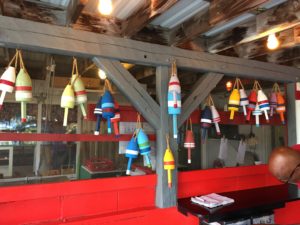
The lobstermen stay in their own territories and have an unwritten code that prevents other lobstermen from encroaching in their areas. They’ve always kept their own rules on how to catch them to prevent over catching.
Only the males are eaten. In Singapore and Hong Kong, I’ve often seen lobster with roe in the underbelly but not so here, these are tossed back into the sea. To protect the lobster, only those of a certain size are caught and sold. Those that are too small and too large are tossed back into the sea so that the young ones continue to grow and the older can continue to reproduce.
Steaming Lobsters
Here are some pictures showing how lobsters are steamed at different lobster shacks. They all had giant stock pots filled with hot boiling water.
The lobsters are thrown into a netted bag and lowered into boiling water. In one kitchen, lobsters were dunked in a metal basket. Not like the way Chinese people steam seafood which is placing the food over boiling water.
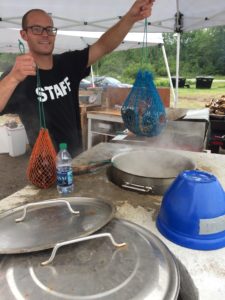
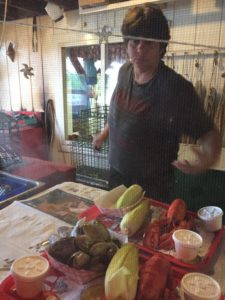
Cooking takes about 8 minutes for one-pound lobsters and 10 minutes for larger ones, said the owner or Smokeys, a shack in Trenton, just outside Acadia National Park. Most places also cook corn-on-the-cob in the same boiling water, giving the corn and lobster flavor.

